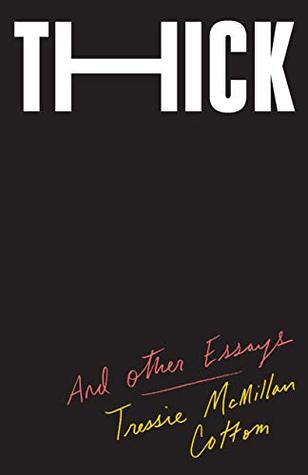More on this book
Community
Kindle Notes & Highlights
I have fourteen reading spots in my home and three in my university office. I read on a Kindle and the Kindle app on my Google phone and with library apps like Overdrive. I have twenty-nine alerts set up for online scholarly databases. Those alerts send me new research featuring my keywords whenever they are published. I buy more periodicals than I will ever fully consume. I read and think a lot. To the extent possible, my entire life is organized to find me fifteen more minutes every day in which I can read slowly, often using my finger as I did as a child, across new words and new ideas.
That is because beauty isn’t actually what you look like; beauty is the preferences that reproduce the existing social order.
Women’s desire for beauty is a powerful weapon for exploitation.
When beauty is white and I am dark, it means that I am more likely to be punished in school, to receive higher sentences for crimes, less likely to marry, and less likely to marry someone with equal or higher economic status.
Like millions of women of color, especially black women, I was churned through a healthcare machine that neglected and ignored me until I was incompetent.
In the wealthiest nation in the world, black women are dying in childbirth at rates comparable to those in poorer, colonized nations.
Sociologists try to figure out how ideologies like race and gender and class are so sticky. How is it that we have laid bodies down in streets, challenged patriarchy in courts, bled for fair wages, and still inequalities persist? The easiest answer is that racism and sexism and class warfare are resilient and necessary for global capitalism.
The eternally future-looking American story is about a tomorrow that is disconnected from yesterday precisely because the story of the nation does not come off particularly well in that retelling.


